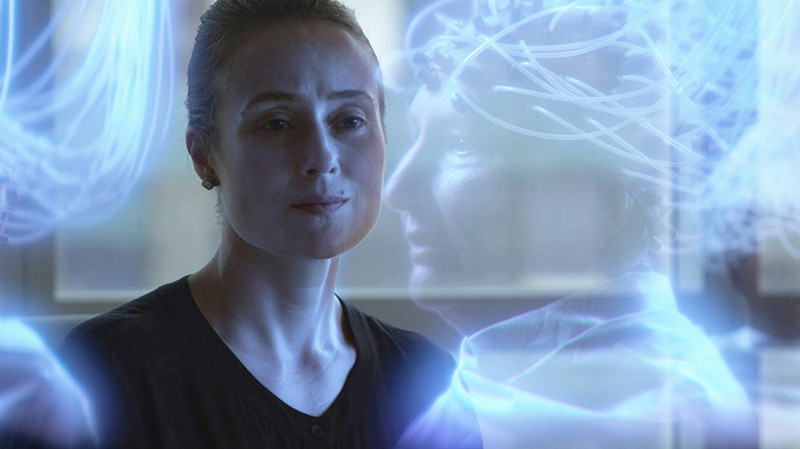
Did you ever wonder why that, every time you want to see a sci-fi movie, you always go back to the usual ones? Maybe because you think that the golden age of the sci-fi genre is past and gone. Maybe because you don’t want to look interminably for new undiscovered pictures.
We got you, son. Here are 10 sci-fi movies – from the 21st century – that will satisfy your need for unseen pictures.
1. Big Bang Love, Juvenile A (2006)
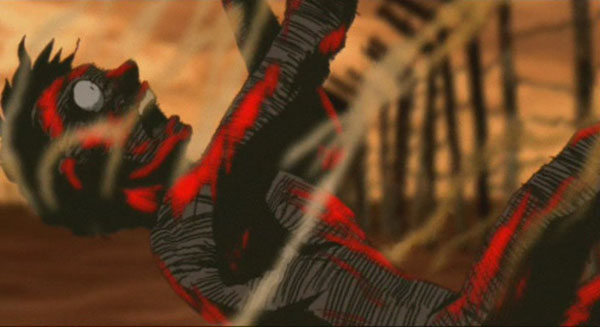
Takashi Miike is one of the most peculiar and innovative directors of all time, with a massive and impressive filmography containing more than 100 works. Known for his crazy, surreal, violent and poetic vision, “Big Bang Love, Juvenile A” is no different.
We follow the story of Jun (Ryūhei Matsuda) and Shiro (Masanobu Andō), two young inmates. Jun is guilty of the homicide of a client of the bar where he was working, who tried to harass him; due to the brutality of the murder, the judges don’t concede he was using self defense. On the other hand, Shiro is convicted for rape and murder. The two young men form a bond while incarcerated and Shiro – due to his utter violence – becomes one of the most respected and feared inmates. Something will drastically change the relationship between the two.
“Big Bang Love, Juvenile A” is a difficult and tough movie, both thematically and technically. Some might say that they don’t identify the picture with the sci-fi genre; it’s safe to say that this movie is the most uncommon and unexpected science fiction film on the list. In fact, the atmosphere – unreal, out of time and space – and the environment create the sci-fi feel: it’s imperceptible and hazed.
Miike strikes you with an essential dichotomy between bold and bright colors in the cinematography, and a slow-paced inertial progress of the story; the Japanese director wants to upset and destabilize the audience in order to completely control their vision and their attitude toward the film.
In order to confuse even more viewers, the editing is free and mixed up, making you jump throughout the story. It doesn’t matter whether or not you get the picture – “Big Bang Love, Juvenile A” is an essential staple in Miike’s filmography, basically just like every single movie crafted by the Japanese mad genius.
2. The Ugly Swans (2006)
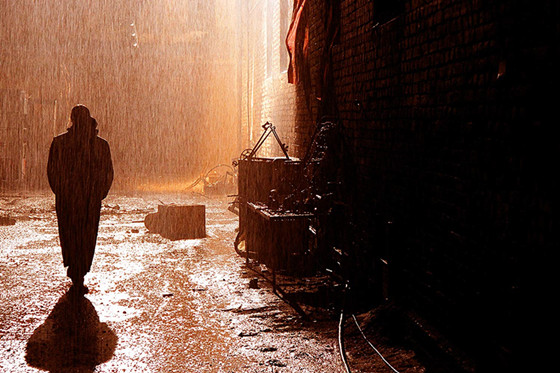
Setting: Tahslinsk, Russia. During unexpected and inexplicable climate changes – nonstop rain and red sky – a writer named Victor Banev (Gregory Hlady) goes into town to rescue his daughter.
Once he arrives, he discovers that his daughter and other young kids are enrolled in a boarding school led by the so-called “Aquatters” – mysterious and enigmatic non-human characters gifted with incredible intelligence. The government will try to eliminate these strange characters and Banev will try to save his daughter.
Directed by Konstantin Lopushansky – best known for “Dead Man’s Letters” (1986) and for his involvement in the filming of Tarkovsky’s “Stalker” (1979) – in a slow and thoughtful rhythm, “The Ugly Swans” is an underrated Russian gem.
The cinematography and production design choices are essential in delivering the science fiction feel we all love: constant rain, crumbling old buildings, empty streets, red and orange lighting in the atmosphere. More precisely, the cinematography style could resemble and be a reference to Lars von Trier’s “The Element of Crime” (1984), with a similar color palette and tone.
Thematically, Lopushansky’s picture shows us the infinite dilemma between progress and the reaction against it and the eternal clash between what we know best – our comfort zone, represented by our culture, our habits, our ways of life – and the unknown, represented by the other. A current and topical movie that could perfectly describe the dark and dangerous world we’re living in.
“The Ugly Swans” is what every sci-fi movie should be: describing an unreal situation in order to make a political commentary on the society we’ve created. The right movie for the right time.
3. Exam (2008)
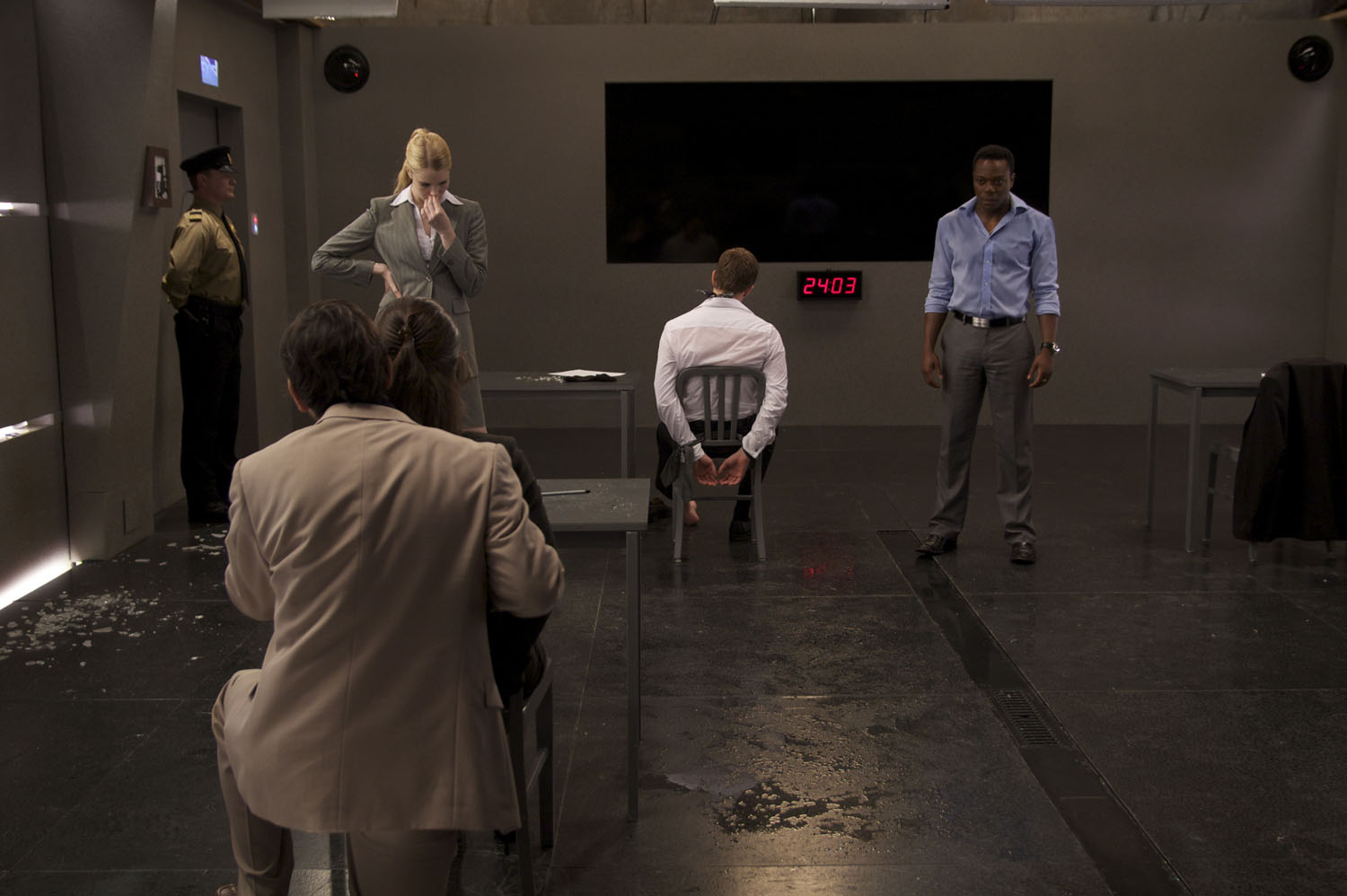
Setting: England. Society is polluted by a pandemic. An unknown – but very important – company is looking for a new employee and, after many sessions, eight candidates must undergo the last step. Enclosed in one single room with only eight tables and eight chairs, the selection will bring out the best and the worst in all candidates and the competition will push them to their limits.
“Exam” strikes you for its minimalism and stripped-down esthetic. The movie lasts 80 minutes – just like the duration of the last test – and the production design follows the same idea: one room, eight people, eight tables, eight chairs, eight pencils, eight sheets.
When you watch the movie, you’ll realize that the stylistic choice is instrumental to the screenplay and the behavior of the characters; the bold and simple settings are necessary to bring out the real personalities of the characters and let them show their real faces. It’s great how a simple screenplay keeps you on pins and needles from beginning to end, building tension and suspense.
On the technical side, the simplicity of the screenplay is carried on in the directing style: abolished of virtuosity and flashy camera work, just solid, linear and clean camera movements. Even the lighting throughout the picture is connected to the twists and the evolution of the screenplay.
Basically, every aspect of the film is instrumental to the story and not the other way around. “Exam” – even though it’s not the most original movie ever and its references to “Das Experiment” (2001) are explicit – is great in its simple and peculiar interpretation of the sci-fi genre.
4. Monsters (2010)
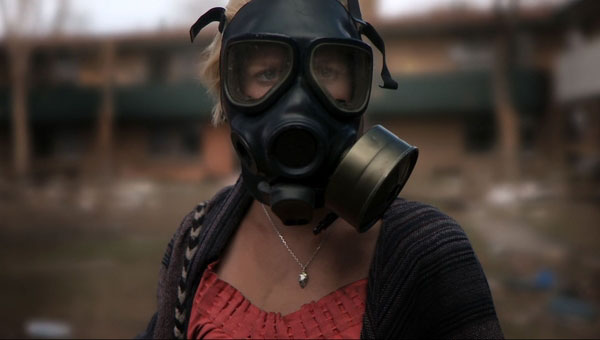
Setting: The Mexico-U.S. border. A big part of Mexico is infested by extraterrestrial creatures after a NASA probe crashed in the area, releasing its content. A photojournalist named Andrew Kaulder (Scoot McNairy) is bound to rescue his boss’ daughter Samantha Wynden (Whitney Able), and he must bring her to the United States safe and sound. The journey will be dangerous and challenging.
The grandeur of “Monsters” is the way the picture was filmed. Starting from a budget of $500,000, director Gareth Edwards – who later directed the remake of “Godzilla” (2014) and “Rogue One: A Star Wars Story” – took a small and rudimentary crew of seven people, including the two actors, on a three-week trip around Central America, shooting without a script and storyboard.
Basically, what we see in the movie is mainly the result of improvisation and intuition. Moreover, the editing was made on site – day by day – and then trimmed down to the final length; on top of that, the director himself created all the CGI effects using common computer programs.
The great and real point is what “Monsters” shows you: you could shoot a sci-fi movie – usually some of the most expensive movies – with small money, with almost amateurish equipment, if you’ve got the courage to do it. Passion is what really counts in this game. Not the profits, not the fame, not the power. It’s all about passion and “Monsters” showed us this.
Mr. Edwards, please, come back to these types of movies!
5. Eva (2011)
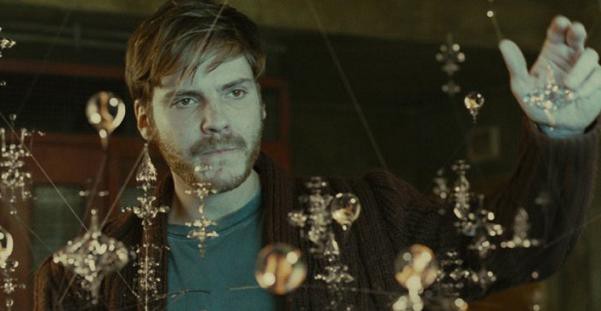
Álex Garel (Daniel Brühl) – a famous cybernetic engineer – comes back to his hometown of Santa Irene with the purpose of finishing the creation of a new type of robot, the SI-9; the robot should resemble the appearance of a child. In fact, Garel started the project many years before with his old girlfriend Lana (Marta Etura), but renounced it and went away. While in town, the engineer meets Lana’s daughter Eva (Claudia Vega) and something unexpected is discovered.
The movie is well-written and shot; at the same time, we have to mention the creative use of old and retro clothing and props, because they create a great contrast with the robots, as the past meets the future. Despite the rather undervalued status of “Eva,” directed by Kike Maíllo, this Spanish sci-fi picture is actually worth the view. Simple and solid, it could be enjoyed when you’re looking for an easy night to distract yourself.